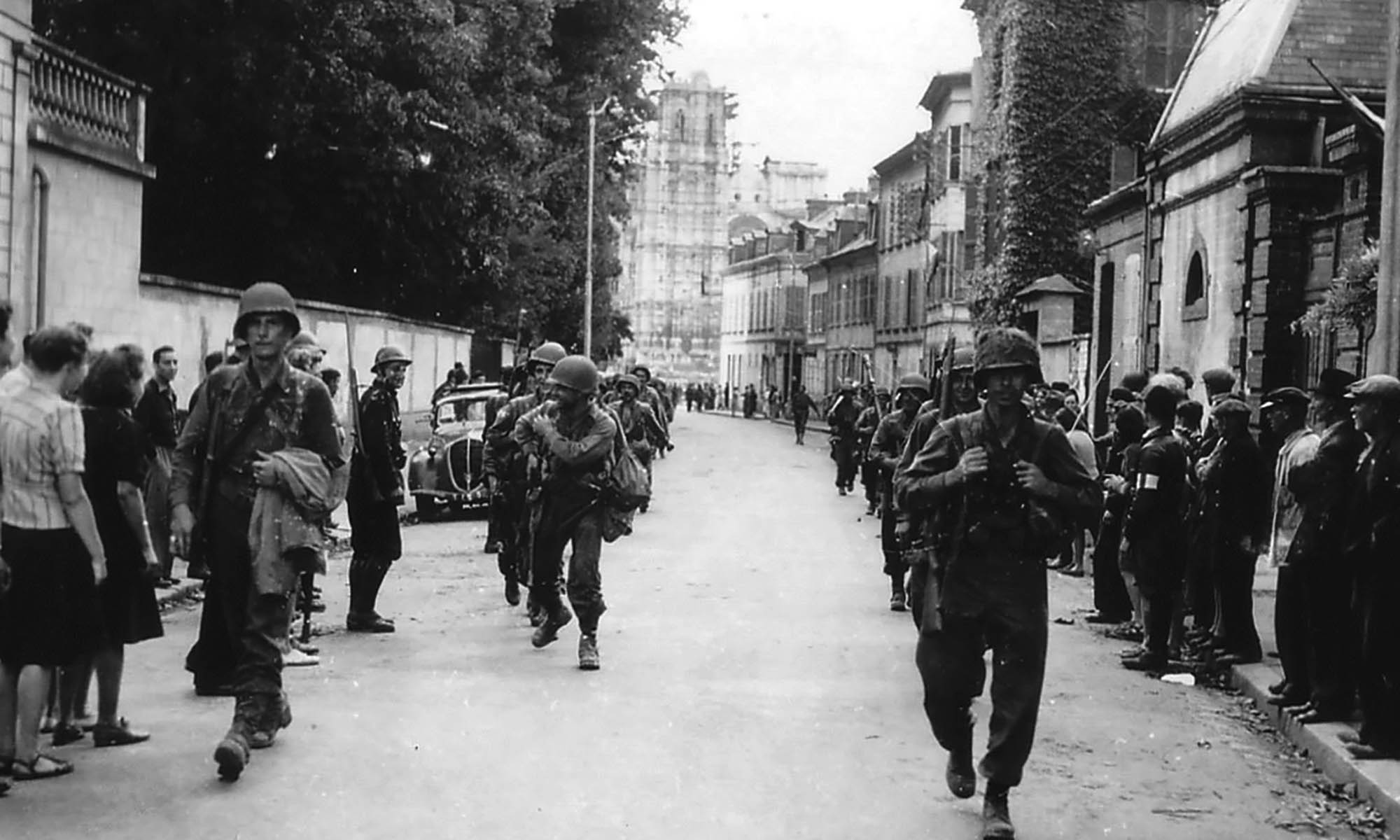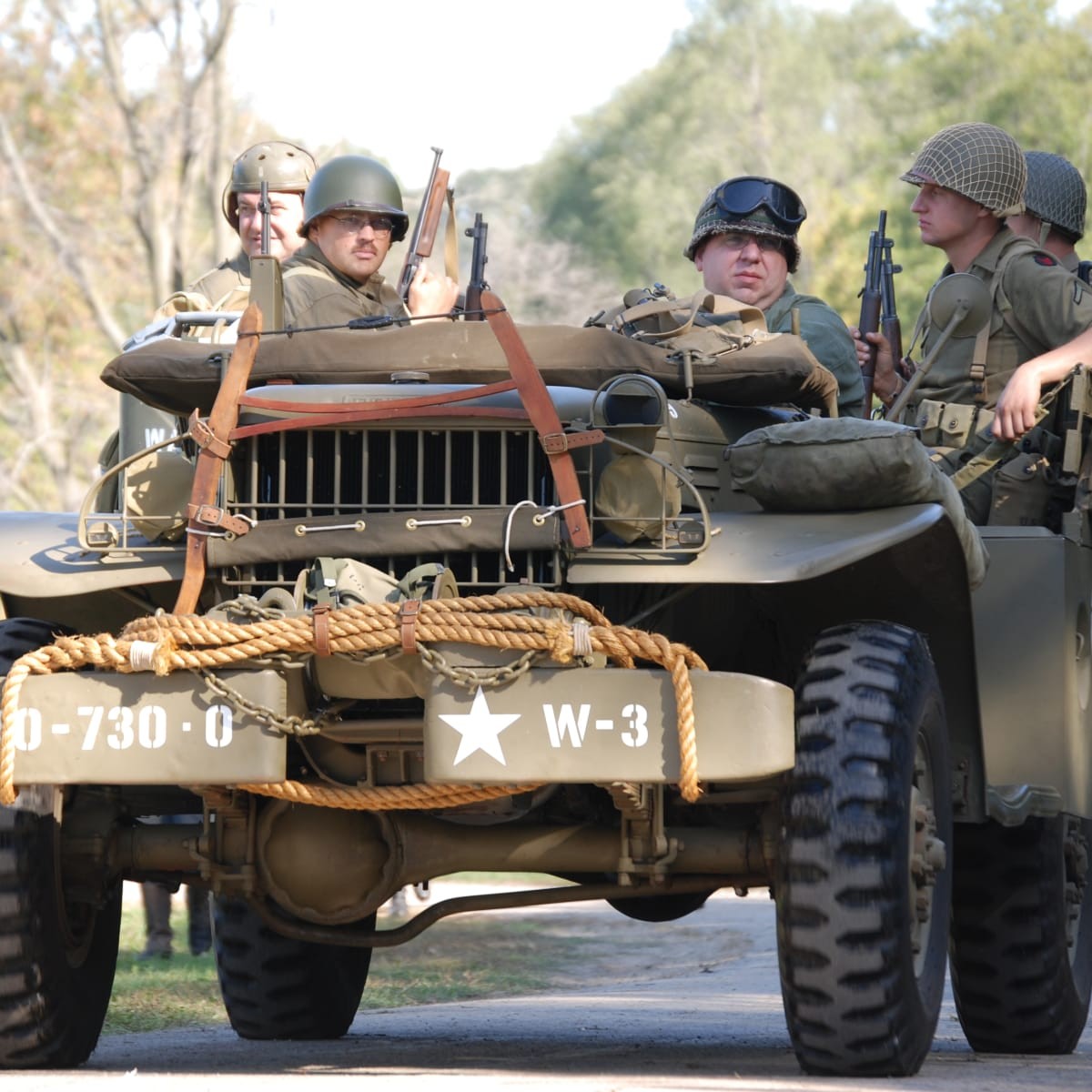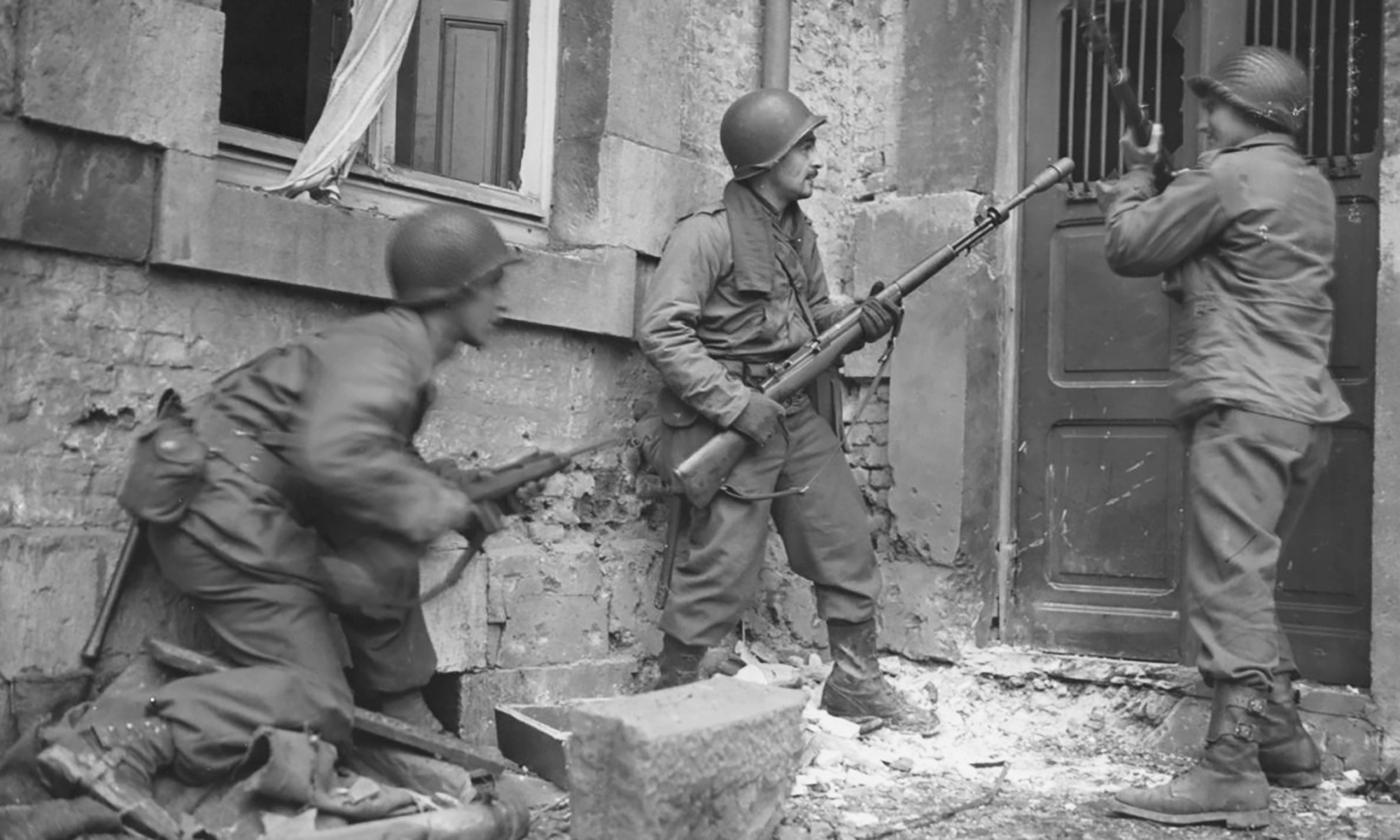30th Infantry Division History

The 30th Infantry Division, named “Old Hickory” after Andrew Jackson, was activated in September, 1917, at Camp Sevier, South Carolina and was comprised of National Guard units of North and South Carolina, and Tennessee.
The 30th served in WWI with the American Expeditionary Force and distinguished itself in the battle of the Somme, Le Selle, Ypres, Saint Mihiel and in the Meuse-Argonne.
At the conclusion of hostilities, the 30th was deactivated and reverted to it’s original National Guard role within it’s respective states.

The onset of WWII saw the 30th reactivated in September,1940, at Fort Jackson, South Carolina. The 30th now comprised representatives from nearly every state in the union and was moved to Camp Blanding, Florida and received training at Camp Forrest, Tennessee, and Camp Atterbury, Indiana as well.
On June 10th, 1944, the 30th was employed as a replacement division to compensate for the losses to the 29th Infantry Division during the D-Day landings and was almost immediately committed against the German Army. The 30th distinguished itself during the French campaign by spearheading “Operation Cobra”, opening the way for Patton’s Third Army to drive into Brittany and on to Brest.

It was during this campaign that the German High Command dubbed the 30th “Roosevelt’s SS troops” due to the constant pressure on the German 1st SS Division. Additional action saw the 30th involved in the “Breakout at Saint Lo”, and again at Mortain. The 30th was also an integral part of stopping the 1st SS’ drive through the Ardennes in the “Battle of the Bulge”, extracting so many casualties to the elite 1st SS Division, they were no longer able to do battle. The 30th continued on through Germany and eventually linked up with elements of the Soviet Army.
During the two months immediately following the war in Europe, the 30th saw service in an occupational role in Czechoslovakia, was eventually brought back to the states and on November 25th, 1945, was deactivated at Fort Jackson, South Carolina.